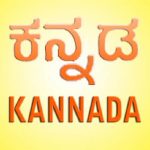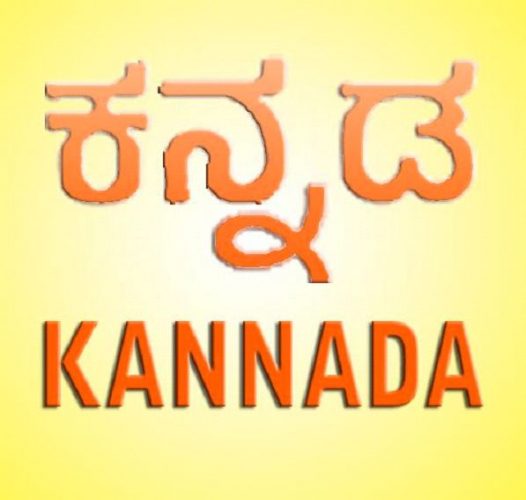By Sarah-Claire Jordan
 Unless you have lived for some time in India or are from there, you probably have never heard of Kannada, one of India’s 120 or so major languages. It is also known as “Kanarese” or “Canarese”, and is the language of the Kannada people of South India. They are found mostly in the Indian state known as Karnataka, but some Kannada communities can be found in other states such as Kerala, Telangana, Goa, and a few more.
Unless you have lived for some time in India or are from there, you probably have never heard of Kannada, one of India’s 120 or so major languages. It is also known as “Kanarese” or “Canarese”, and is the language of the Kannada people of South India. They are found mostly in the Indian state known as Karnataka, but some Kannada communities can be found in other states such as Kerala, Telangana, Goa, and a few more.
Kannada is part of the Dravidian language family, one of several that are most likely indigenous to India and some surrounding areas. The Dravidian languages are spoken mostly in southern India as well as Nepal, Pakistan, Sri Lanka, Bangladesh, and even Bhutan. Other commonly-spoken Dravidian languages include Tamil, Malayalam, and Telugu.
The script used to write Kannada has the same name as the language and includes 49 letters divided up into 3 different groups. Though spoken Kannada varies from region to region, and approximately 20 different dialects of the language do exist, written Kannada tends not to vary from one community to the next.
Though at first it wasn’t recognized as anything more that another one of the many major languages spoken in India, the Indian government pushed to have it recognized as a classical language of India. In 2008, it finally was recognized, and took its place alongside Sanskrit, Tamil, and a handful of other languages.
The literary history of the Kannada language spans thousands of years, with very few breaks, if any. The very first record of Kannada literature is a poem written around 700 AD. It was written in Old Kannada and is known as the Kappe Arabhatta record. A few centuries later, the late classical period began which brought with it more genres of literature.
One of the most important Kannada literary traditions is that of the Vachana Sahitya. Developed in the 12th century, this tradition was made up of poems with real substance to them, deftly bringing to the light the social, economic, and political issues of the time. Since they were so insightful and relatable for almost every member of Indian society then, they triggered many social changes related to the old ideas of caste and religion in particular. This, among other things, made the Vachanas unique in the grand scheme of world literature.
The grammar of the Kannada language is very complex and quite different from the grammar of other Indo-European languages. For starters, every single noun in Kannada has a gender, of which there are three (feminine, masculine, and neutral). This isn’t necessarily out of the ordinary, but the fact that natural gender and grammatical gender are one and the same changes things. In other words, if the word for “sun” is masculine, then the sun is masculine in other contexts as well.
With about 38 million speakers around the world, Kannada is hardly a commonly-spoken language in the world. However, within India and some neighboring countries, it has a substantial community and enough variations to be considered dialects. It is a language worth knowing about, especially for companies looking to expand to South India.




